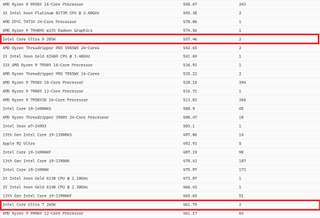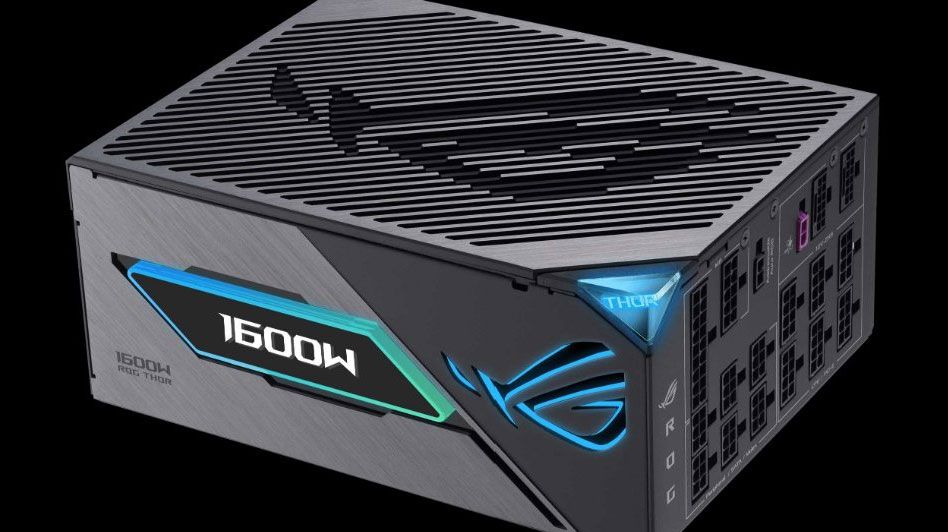Intel's upcoming Core Ultra 9 285K, the flagship of the Core Ultra 200S lineup, has been spotted in CPU-Z (via momomo_us) and Blender (via HXL). The initial performance is somewhat disappointing; however, that may be attributed to the test bench used and the operating conditions, at least in CPU-Z.
Ironically, CPU-Z indicates that this CPU is manufactured using a "7nm" process. However, in reality, the Compute Tile uses TSMC's N3B (3nm) node. Anyhow, here, the 285K is clocked at 5.5 GHz and 4.6 GHz across all P-cores and E-cores, respectively. The validation statistics show that the CPU is running at 100 degrees Celsius, so do not take this benchmark as an indication of the final performance.
Speaking of the frequencies, the Uncore or ring bus is clocked at 3.8 GHz, which is around 700 MHz lower than Raptor Lake. It explains the subpar gaming performance since the ring bus connects the CPU cores to the memory controller.
Moving over to the performance side, it is important to mention that the CPU is not running at its peak potential due to thermal throttling. The test bench features 2 x 16GB of CL32 DDR5-5600 memory, the ASRock Z890 Steel Legend WiFI motherboard, and an RTX 4080 Super.
In the single-core category, the Core Ultra 9 285K scores 909 points, struggling even against its predecessor. Surprisingly, in multi-core, the Core Ultra 9 285K outpaces the Core i9-14900K by around 12% despite being thermally throttled. It appears that Skymont's IPC uplifts have made up for removing Hyper-Threading.
In Blender v4.2, we are unaware of the test bench used, so these benchmarks do not reflect the final performance, which we'll see on October 24. Considering that, the Core Ultra 9 285K lands around 10% faster than the Core i9-14900KS but loses to AMD's Ryzen 9 9950X by a fair margin. The 20-core Core Ultra 7 265K also appeared in this test and is neck to neck against the AMD Ryzen 9 9900X.

With regard to these benchmarks, Arrow Lake's focal point will be efficiency, not performance. The average generation-on-generation uplift is in the ballpark of 10-15%, so Arrow Lake will need some serious efficiency gains to capture consumer interest. We'll know the exact numbers soon enough, as these CPUs are scheduled to hit shelves in just over a week.

 1 day ago
2
1 day ago
2





:quality(85):upscale()/2024/10/17/848/n/1922729/9dece426671163b35dcb11.60305022_.jpg)


 English (US) ·
English (US) ·